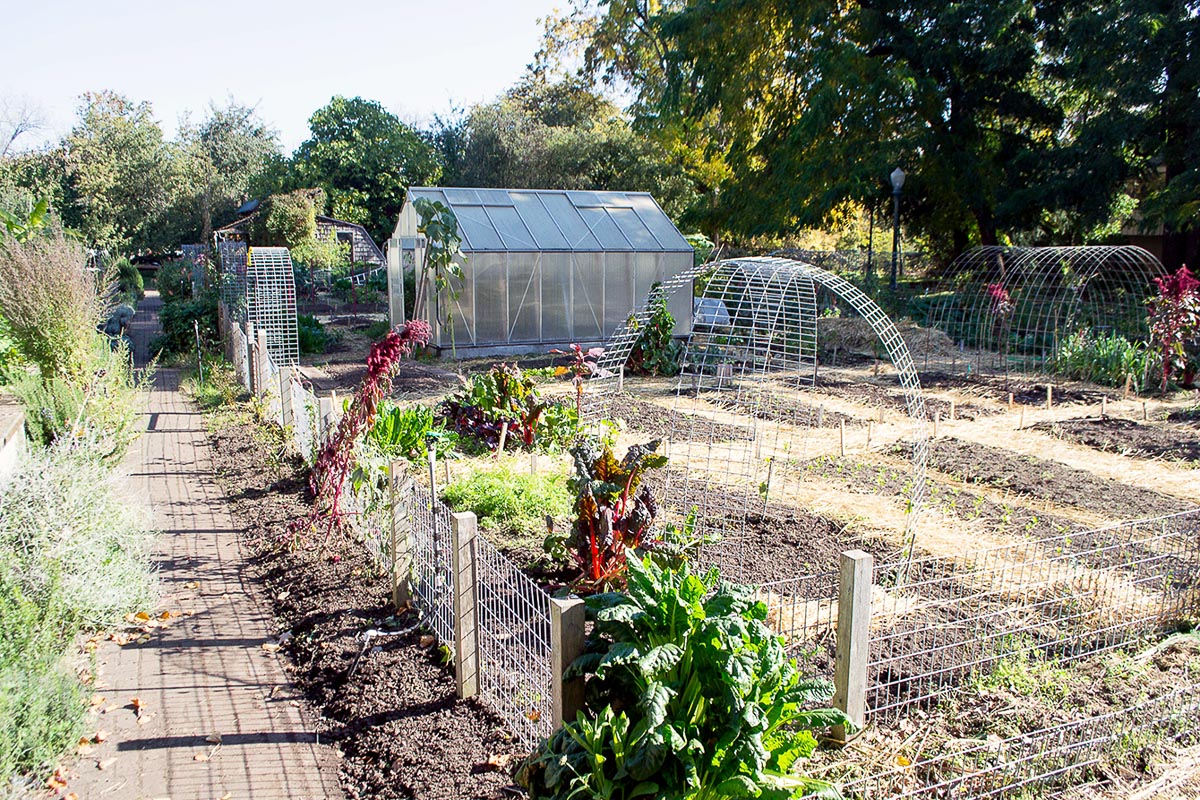What Does City Blooming Mean?
What Does City Blooming Mean?
Blog Article
The Greatest Guide To City Blooming
Table of ContentsThe Greatest Guide To City BloomingCity Blooming for DummiesThe Facts About City Blooming RevealedThe Single Strategy To Use For City BloomingExcitement About City Blooming
Interested in growing food for sale in the City of Chicago? Considering starting a community garden? Changes to the Chicago Zoning Regulation allow agricultural usages like area gardens and urban ranches in lots of components of the city. Below is a checklist of regularly asked inquiries concerning the policies and guidelines that cultivators must take into consideration when preparing a city agriculture project.
The zoning change does not customize any kind of other codes dealing with composting, building licenses, purchasing or renting City owned property, service licenses or environmental contamination. There are existing codes that regulate these concerns and they continue to be completely impact and might be appropriate to your task. Community yards are generally possessed or managed by public entities, public organizations or community-based companies and preserved by volunteers.
Urban farms expand food that is meant to be marketed, either on a nonprofit or for-profit basis. Due to their business purpose, metropolitan farms need a company certificate.
Getting The City Blooming To Work
The amount of garden compost material can not exceed 25 cubic yards at any kind of provided time according to the standards in 7-28-715 of the City's Municipal Code. Due to the fact that the dirt at a lot of brand-new yard sites needs changing, garden compost, soil, timber chips, or other products can be gotten to build or enhance the growing room.

If a building permit is called for then the hoophouse will certainly be considered an accessory structure. You can discover even more about the structure license demands by getting in touch with the Department of Buildings. The 25,000-square-foot size limit is intended to stop a solitary neighborhood yard from controling an offered block or detracting from the block's existing domestic or business character.
The limit does not put on gardens found in Public Open Area (POS) areas. Can there be greater than one community yard that is 25,000 square feet on a solitary block? Yes. Web Site The size limit puts on private yards, not to private blocks. No. Fencing is not called for, nevertheless, yards that have big car parking locations may be needed to set up fence or various other landscape design features.
The Main Principles Of City Blooming
B1 & B2 districts need that all business usage activities be conducted indoors. Is fence needed for urban ranches? Fences might be required, along with landscape design and testing, for particular parking areas and outside job or storage areas depending on area and the particular activity taking area.
Yes. Urban ranches call for structure authorizations and zoning approvals prior to building. Other forms of city testimonial might be required depending on particular structures, activities, size, landscaping, licensing, public health and stormwater monitoring concerns. A number of these demands are identified in the project layout or permitting process, nonetheless, the candidate might be liable to individually identify details licenses or permits that may be called for.
The Department of Organization Matters and Customer Protection can help figure out the specific type of service license that's needed. Off street car parking is required for most business projects in Chicago. The required number of car park areas is based on the number of staff members working on site and not the square video of the expanding space.
Some Known Facts About City Blooming.

Yes. A city ranch can offer garden compost product produced on website, nevertheless, the operation must adhere to the laws in 7-28-715 of the Chicago Municipal Code. Yes. Aquaponic systems are allowed inside on city farms in several zoning districts. A zoning testimonial and building permit is required in order to set up frameworks or systems and an organization certificate is needed as described over.
As much as five hives or colonies of honey may be kept as an accessory usage. Beekeepers have to sign up with the Illinois Department of Agriculture. For more details concerning the proposed zoning amendment you may get in touch with the Division of Housing and Economic Advancement, Bureau of Preparation and Zoning at 312.744.8563.
, which takes place in country locations at the side of suburbs.
City Blooming Things To Know Before You Get This
, that look for to form social networks founded on a common values of nature and neighborhood holism. These networks can establish by means of formal institutional assistance, becoming incorporated right into neighborhood community preparation as a "transition community" movement for lasting metropolitan advancement.
In either instance, the more straight accessibility to fresh vegetable, fruit, and meat products that may be realised through urban agriculture can improve food safety and food security while lowering food miles, causing lower greenhouse gas exhausts, thereby contributing to environment modification mitigation. Several of the initial proof of metropolitan farming comes from Mesopotamia.
Report this page